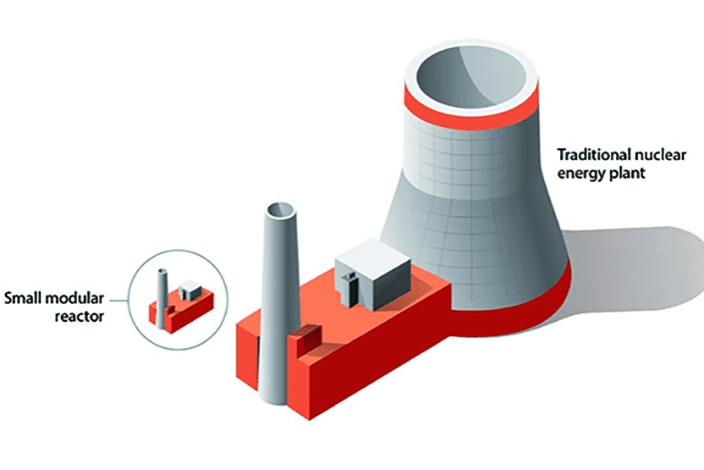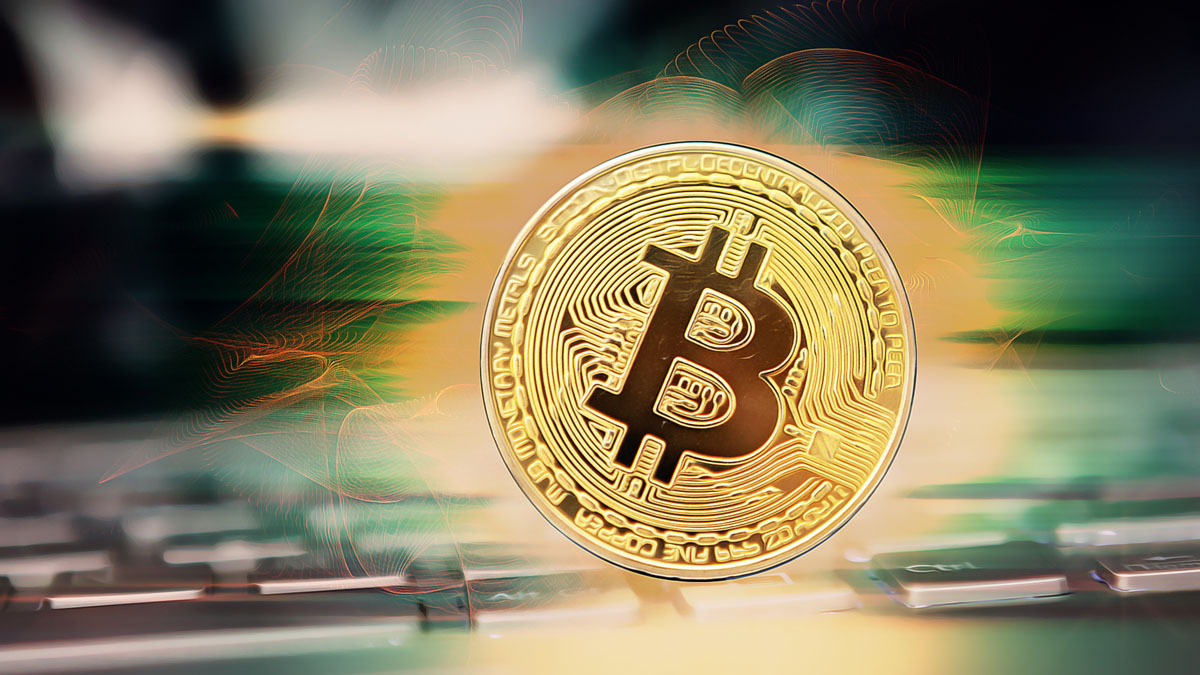Energy is one of the most important resources for humanity in the 21st century, and electricity is the most common form of energy.[1] The primary sources of electricity generation in the US include, but are not limited to, natural gas, nuclear fission, solar and wind. Coal used to be the leading source of energy until the Regional Transmission Authorities (RTOs) or the energy market managers in the US slowly phased out coal as a fuel due to strict environmental regulations because of its release of carbon dioxide, methane, nitrogen oxides, and other pollutants. The negative impact of fossil fuels and the rise of renewables like solar, wind and biofuels have been making the news in the past decade, while nuclear power has somehow slipped through the cracks of public debate. There is, quite rightly, a fear associated with the word “nuclear” but nuclear fission reactors have been silently powering a fifth of the US power grid for decades now. Notably, only two water-cooled Generation 3 reactors have been added to the US grid in the past three decades[2] and there are no plans to add any more of them in the future. Currently only 20% of electric power in the US comes from nuclear fission, while in France, its share is about 70%, and other nations are rapidly shifting towards nuclear power. This article will attempt to shed some light on the economics of nuclear fission power generation in the United States and how it is reshaping the future of energy markets and innovation.
Nuclear Power Economics
Because of its availability, natural gas surpassed coal in 2016 to become the cheapest electricity generating fuel and is currently the largest source of power in the US. Depending on the nature of the fuel, some power sources can qualify as “baseload” sources (sources that can generate electricity at all hours acting as a constant source)[3], like natural gas and nuclear, while other sources like solar and wind are “intermittent” sources at best, like solar and wind, due to the latter not being reliable. For instance, solar power would not be our best hope on a cloudy day. Both natural gas and nuclear fission are the main sources of baseload power here in the US, but the latter is economically unsustainable in its current form.[4] This article is aimed at examining the approximate costs, timescales and the pros and cons of nuclear power and how these factors affect its future in the US energy economy.
Currently, the cost of building a nuclear power plant is about five times as much as a natural gas plant, but the cost of fuel of the former is 6-7 times cheaper than natural gas. The construction time of a nuclear plant can be estimated to be around 5 years, as opposed to 2 years for natural gas. Utility companies are not allowed to charge customers for a power plant before it produces electricity. Therefore, a nuclear plant is in a much bigger cash deficit when it starts producing power 5 years after its inception, as compared to its natural gas counterpart which starts producing power 2 years after. This results in a fission plant becoming profitable after almost 11 years as opposed to about 5 years for a natural gas plant. However, in the long run (20-30 years), nuclear power plants profit significantly more than their natural gas counterparts. The operating costs of nuclear plants being lower than its natural gas cousins even accelerate the profitability of nuclear power. This delay in profit for nuclear power, however, discourages politicians and industrialists from building them. The infamy of nuclear weapons and the Chernobyl/Fukushima reactor catastrophes[5] have led to policies (like high taxes) that discourage the building of new fission reactors, making it politically unpopular. The government has created policies on regulating the energy markets to favor the survival of nuclear power, an already economically disfavored source of energy. All these factors indicate an unfavorable market for nuclear power when overall energy prices are low. However, the Russian invasion of Ukraine has shown the world how uncertain supply chains can be (specifically for natural gas since Russia is a major supplier) thereby bringing nuclear power back into the public debate. And the cost to society of climate change due to greenhouse gases from natural gas should make the United States reevaluate its policy on nuclear power.
Is There a Way to Sustain Nuclear Power Generation in the US?
Several issues underlie the use of nuclear power, such as the management of nuclear waste and the risk of nuclear weapons proliferation. Still, it is in the interest of the world to find solutions to these problems that allow nuclear power plants to stay afloat. Several companies like NuScale, TerraPower and Westinghouse are already developing modular atomic reactors with generation capacities of several hundreds of MWe (MegaWatt electric is the output power generated from a power plant). These Small Modular Reactors (SMRs) have several key advantages:
- They have the promise of being manufactured in a factory setting and transported/set up at the site directly, saving hundreds of millions of dollars in site construction costs.
- They take less time to be manufactured, which means less interest incurred on loans, thereby reduced overall cost that is charged to the customer over time.
- They generate around a third of a conventional Generation 3 reactor unit, but their small size makes it easy to be installed in geographical locations previously inaccessible to large-scale nuclear projects.

(image courtesy: Idaho National Laboratory)
Small Modular Reactors (SMRs) can be the next leap in nuclear power
In addition to the points mentioned above, the modularity aspect of SMRs allows it to be bought pre-assembled from factories and installed directly on-site, which saves time (equivalent to money in this case) and construction costs.
Because of the economic viability of this technology, we can expect new modular fission reactors to be added to the grid thereby increasing its share in the US baseload clean energy capacity. Government regulation on nuclear energy is still largely about controlling the market as well as having stringent safety protocols in terms of operation and waste disposal. SMRs have the potential to be economically competitive with natural gas or other renewable power sources. This means nuclear power under SMRs will not need the government’s help (of regulating the energy markets) to ensure its survival. However, regulations regarding nuclear waste disposal and nuclear safety will need significant revisions. This is because SMRs can generate power with much less enriched 235U fuel, thereby generating far less harmful nuclear waste. These advantages will simplify regulations enforced by the US Nuclear Regulatory Commission (NRC) in terms of safety and nuclear waste disposal. This new technology does not hold the answer to efficient nuclear waste disposal and separate research efforts and investments are still necessary in that direction.
Nuclear power policy heavily depends on its unique scientific properties and the economics that manifest as a result of those properties. This sometimes makes it even more controversial than greenhouse-gas sources of energy. Therefore, this article can be useful to gain some understanding on where we stand on the nuclear power debate and what its future looks like. Most SMR innovation companies are based in the US but also have industrial setups overseas, like NuScale in Poland. Although this article does not touch upon international nuclear regulations, it needs extensive revision because the need for extensive nuclear power generation needs to outweigh the fear of nuclear weapons, which can only come through significant international collaboration. Thus, nuclear fission science and policy is extensive and far-reaching and will need more and more human effort for our life to sustainably exist.
[1] “Factbox: Power Outages Hit More than 500,000 in the U.S. Due to Storms | Reuters.”
[2] Power, “Vogtle 3 & 4 Nuclear Units Take Significant Steps toward Operations.”
[3] “Baseload Power – Energy Education.”
[4] beyondnuclearinternational, “Nuclear Too Expensive and Not Needed.”
[5] Konoplev, “Fukushima and Chernobyl.”
The post The Future of Nuclear Power in the United States appeared first on Illinois Science Council.









Leave a Comment